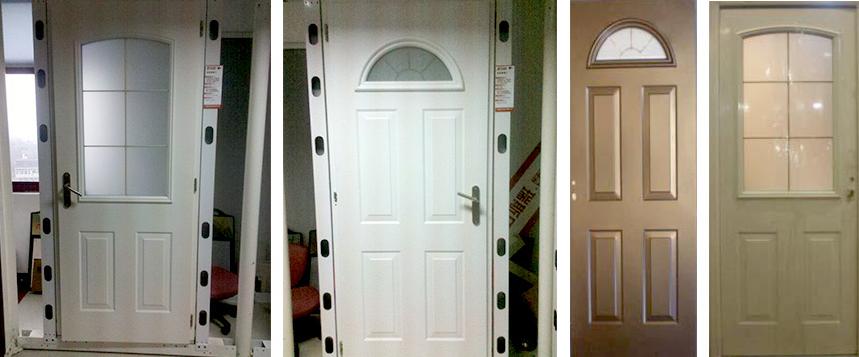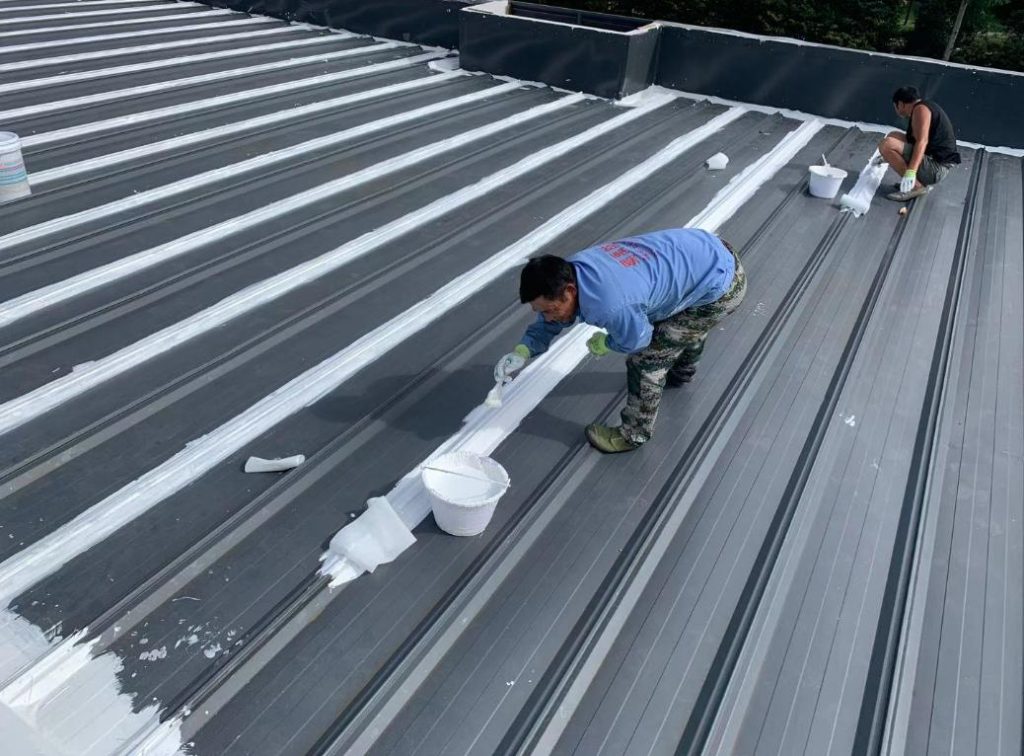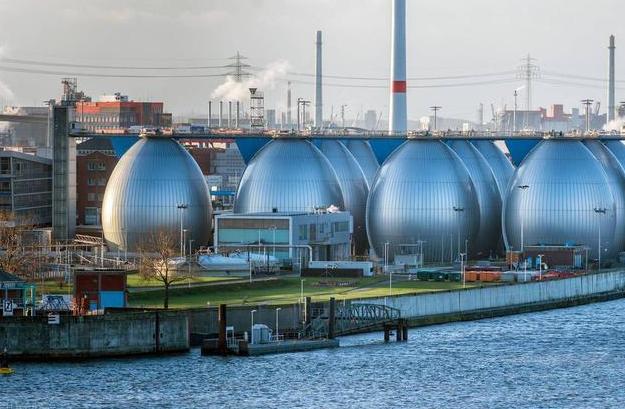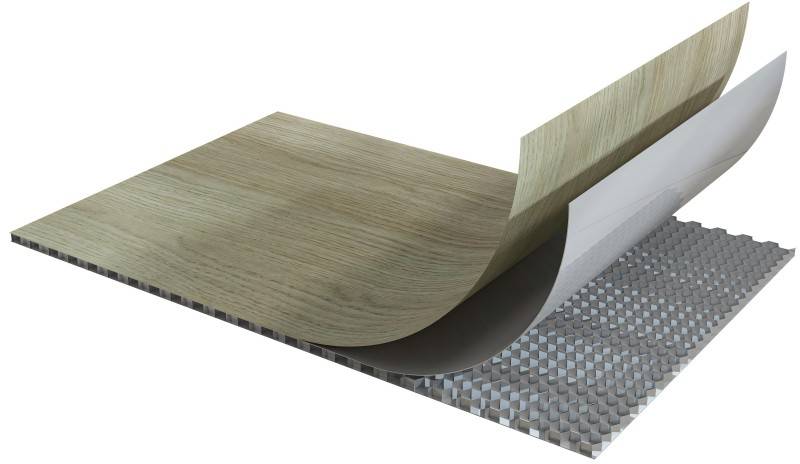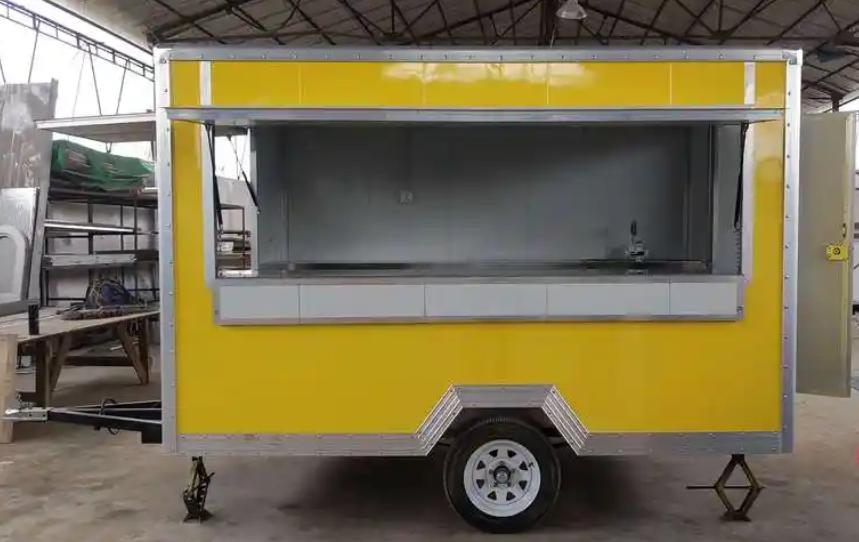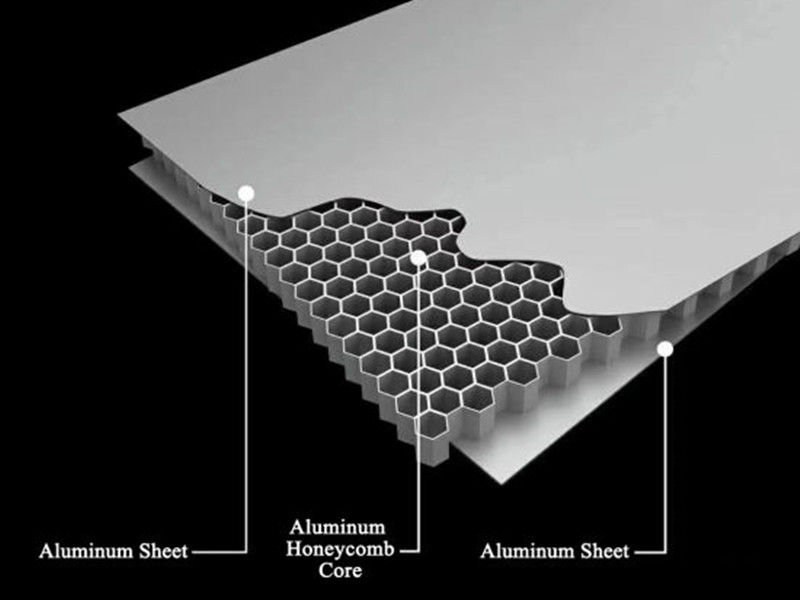In a world increasingly aware of the environmental impact of human activities, the call for sustainable practices echoes across industries. One such innovation that stands out in the realm of materials is the recycling of aluminum sheets. Aluminum is one of the most versatile materials in the world, with a wide range of applications in construction, packaging, transportation, and other industries. Beyond its initial use, aluminum is proving to have a remarkable second life, bringing with it a plethora of environmental and economic advantages.
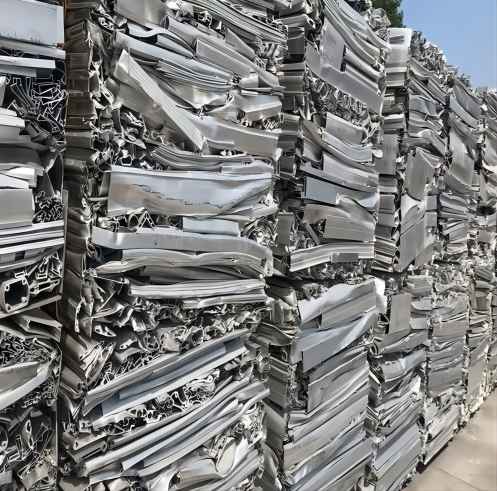
Closing the Loop: The Lifecycle of Recycled Aluminum Sheets
The journey of recycled aluminum sheets begins with the collection of post-consumer aluminum waste. Whether it’s discarded beverage cans, automotive parts, or industrial scraps, these materials are gathered and transported to recycling facilities. Here, they undergo a meticulous process that involves cleaning, melting, and transforming the aluminum into sheets ready for reuse.
This closed-loop recycling system significantly reduces the need for mining new bauxite, the primary ore used in aluminum production. Mining and refining bauxite are energy-intensive processes that contribute to deforestation and habitat destruction. By opting for recycled aluminum sheets, industries contribute to a circular economy, minimizing the environmental footprint of this versatile metal.
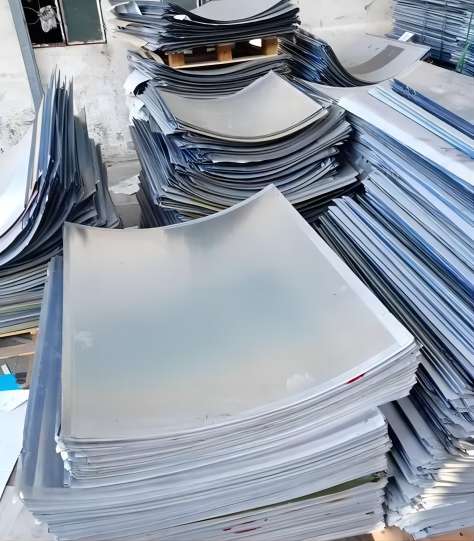
The Benefits of Recycled Aluminum Sheet
1. Environmental Impact: Reducing Carbon Footprints
The environmental benefits of recycled aluminum sheets extend beyond the conservation of natural resources. Compared to primary aluminum production, recycling aluminum requires only a fraction of the energy. According to the Aluminum Association, recycling aluminum saves up to 95% of the energy needed to produce aluminum from bauxite ore. This translates into a significant reduction in greenhouse gas emissions, making recycled aluminum a key player in the fight against climate change.
2. Economic Advantages: A Win-Win Proposition
Embracing recycled aluminum sheets isn’t just an environmentally conscious choice; it’s also a financially sound decision. The energy savings achieved through recycling contribute to lower production costs, making recycled aluminum sheets a competitive option for manufacturers. Additionally, the demand for sustainable materials is on the rise, with consumers and businesses alike seeking eco-friendly alternatives. This growing market for sustainable products creates new opportunities for businesses adopting recycled aluminum, aligning economic interests with environmental stewardship.
3. Versatility in Design: Sustainable Solutions for Various Industries
Recycled aluminum sheets are not only environmentally friendly and cost-effective but also versatile in their applications. From construction and automotive industries to packaging and consumer goods, aluminum sheets find diverse uses in modern society. The malleability and corrosion resistance of aluminum make it an ideal choice for various products, and the adoption of recycled sheets further enhances the sustainability of these applications.

Uses of Recycled Aluminum Sheet
- Construction: Recycled aluminum is used in a variety of construction products, including roofing, siding, and framing.
- Packaging: Recycled aluminum is used to make cans, foil, and other packaging materials.
- Transportation: Recycled aluminum is used to make car parts, bicycle frames, and other transportation components.
- Consumer goods: Recycled aluminum is used to make a variety of consumer goods, such as appliances, cookware, and furniture.
The Road Ahead: Advocating for a Greener Future
As we navigate the challenges of a rapidly changing world, the second life of aluminum sheets emerges as a beacon of sustainability. Embracing recycled aluminum is not just a trend; it’s a commitment to a greener, more responsible future. Industries that choose recycled aluminum sheets contribute to resource conservation, energy efficiency, and the reduction of greenhouse gas emissions.
We can all play a part in increasing the recycling of aluminum by:
- Rinsing out aluminum cans and containers before recycling them.
- Recycling aluminum foil and other aluminum packaging.
- Looking for products made from recycled aluminum.
- Supporting businesses that use recycled aluminum.
In conclusion, the second life of aluminum sheets heralds a paradigm shift in how we perceive and use materials. It’s a testament to the transformative power of recycling, offering us a sustainable alternative that not only preserves our planet’s resources but also fuels economic growth. As we witness the increasing adoption of recycled aluminum sheets across industries, it becomes clear that the journey toward sustainability is one we all must embark upon, one sheet at a time.









